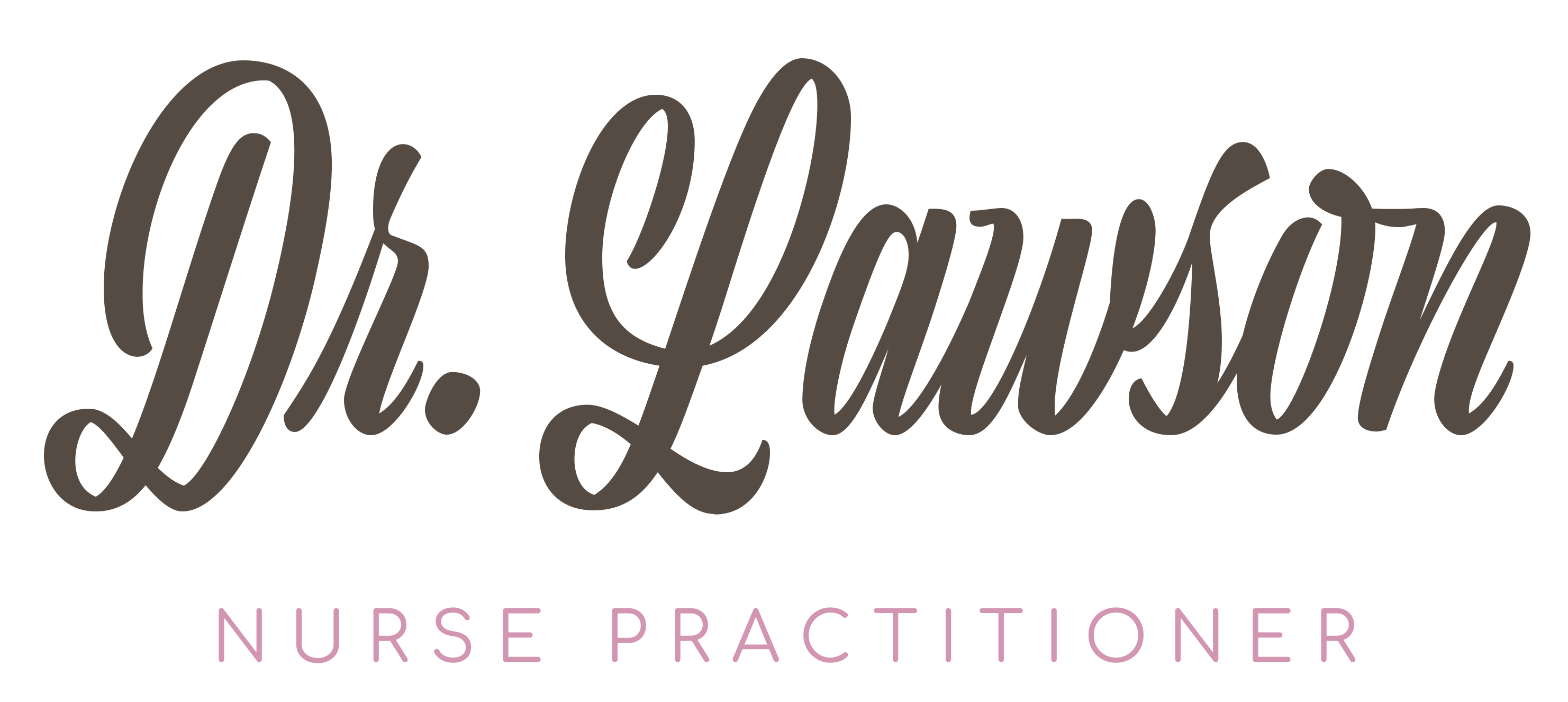Housecalls
New Housecall Course Dates
Hello all…The New Housecall Course dates will now be prominently posted on the FRONT PAGE of the website! This has been a frequent request. I’m listening. I promise.
Between meetings, speaking engagements, photo shoots, and just being a ‘mommy’ to my 2 little babies, things are finally coming along again. I have loaded the August dates and will have all Housecall Course dates for 2013 loaded by this weekend. Thanks for your patience and keep the suggestions coming! Besos
2013 City Business magazine Healthcare Hero
2013 City Business magazine Healthcare Hero
I am honored to announce that the New Orleans City Business magazine recognized me as one of the 50 Healthcare Heroes from the State of Louisiana based on professional and community achievement.
2013 The Year of Educating and Inspiring our Youth About Who Nurse Practitioners Are
Today, I called a local High School to inquire about speaking to their HS Juniors and Seniors about The Role of the Nurse Practitioner. This was a random call that I felt inspired to do because sometimes you just have to “give back” especially when you have been given so much. Anyway, the school principal came to the phone and excitedly said, ” Where have you been? We have representatives from the field of law, medicine, and a few accountants, but we have no nursing representation. We have been having a lot of students to ask about the NP and what they do, but we did not know where to begin to look. I’m so glad you called. When can you come and talk to them? Lunch is on us!” WOW! We set a date and I was so encouraged that after this conversation, I contacted a couple more schools and got an eerily similar response. I subsequently set up dates with them too. We need to encourage the next generation to join our profession and show them what we do. Let’s just start with one High School at a time. I’m excited and encouraged about what the future holds.
FAANP Forum article
I was honored to write this month’s Practice column in the Fellow of the American Academy of Nurse Practitioner’s Forum Newsletter. Hope you can open the link.
2012 in review
The WordPress.com stats helper monkeys prepared a 2012 annual report for this blog.
Here’s an excerpt:
600 people reached the top of Mt. Everest in 2012. This blog got about 3,200 views in 2012. If every person who reached the top of Mt. Everest viewed this blog, it would have taken 5 years to get that many views.
We’re featured in another article
We’re featured in another article
We are thrilled to be a part of this groundbreaking “not so” new way of delivering healthcare to many who would otherwise not receive assistance with their medicines and chronic disease states. Housecalls is the answer to reduced hospitalizations and lower ER admissions which saves EVERYONE.
Featured in FHEA (Fitzgerald Health Education Associates)
Featured in FHEA (Fitzgerald Health Education Associates)
We have the honor and extreme privilege of being featured in this month’s newsletter by FHEA. Fitzgerald Health Associates is owned by Dr. Margaret Fitzgerald, a highly esteemed nursing pioneer and frequently sought after national speaker. The FHEA NP Review courses have prepared thousands of nurses to successfully pass the board exams. Dr. Fitzgerald’s newsletter reaches several thousand nurse practitioners across the globe every month.
A Day in The Life of a Housecall NP
A Day in The Life of a Housecall NP
We were honored to be featured on the Barton Associates Blog about the life of a Housecall NP. We hope you enjoy the article as much as we did. Have a great weekend.
Use every minute because they’re not recyclable…
Latest New Orleans City Business article by Jennifer Larino
 Medical professionals question cost, pace of electronic medical records
Medical professionals question cost, pace of electronic medical records
POSTED: 12:08 PM Tuesday, August 9, 2011
BY: Jennifer Larino, Staff Writer
TAGS: electronic medial records, Jenny Smith, Louisiana Health Care Quality Forum, Madelaine Feldman, Medicaid, medical records, Medicare, Nadine Robin, Ochsner Health System, Practice Fusion Inc., Robert Rowley, Scharmaine Baker
On a recent weekday morning, Scharmaine Baker sat in her vehicle and pulled up the day’s schedule for her mobile health care practice on her iPad.
Baker, a nurse practitioner with her own practice, spends her days weaving throughNew Orleansneighborhoods and visiting the homes of her elderly and homebound patients.
She carries the traditional stethoscope and blood pressure cuff. But she said it’s the iPad at her side and free, web-based electronic health record software that keeps her practice going, allowing her to draft visit notes, record blood pressure and pull up lab results from anywhere.
Baker used to track each patient on paper and then transcribe those notes to her computer before her 100-patient practice washed away after Hurricane Katrina. She bought her first electronic health record system in 2006 as her client base swelled to 500.
“It was crazy then. I was seeing five and six people at a time in a home,” Baker said.
Today, Baker is an enthusiastic early adopter of electronic health records as many private practitioners are still wading through the costs and mandates surrounding them.
In 2009, Congress set up standards and incentives to help providers achieve nationwide electronic medical record access by 2014. In four years, the federal government will start cutting Medicare reimbursements for physicians who have not implemented an electronic record system and features such as e-prescriptions.
Louisianais using $10.5 million in federal money to build a statewide medical records network to connect physicians and hospitals.
While the technology to link the two worlds stands at the ready, actually doing so will mean clearing cost and cultural hurdles.
The Louisiana Health Care Quality Forum will staff a resource center for physicians transitioning to e-records and oversee implementation of a network this fall.
Program manager Jenny Smith said the goal is to allow patients and physicians to access and store data, such as allergy information, prescription medications and lab work, on a central network and outside servers. The first phase will be live at select hospitals and physician facilities inLafayetteandShreveportby November.
“We’re taking a hybrid approach largely for hurricane preparedness reasons,” Smith said.
Smith said many doctors and hospitals aren’t ready to be linked into the network.
Though hospitals and clinics, such as Ochsner Health System, are moving to implement e-record systems this year, private physicians are still trying to figure things out.
Dr. Madelaine Feldman, a practitioner at a three-person private rheumatology group onNapoleon Avenue, said cost and complex federal mandates are barriers. The Uptown practice has spent $78,000 on its electronic health records system since 2008. Feldman said it has eased the prescription process and reduced paperwork.
“But it’s been over three years and we’re still finding things that we had no idea we had the capability to use,” Feldman said. “The learning curve on this is very shallow.”
To qualify for federal incentives, physicians have to follow standards. That includes using approved systems to write notes and electronic prescriptions, maintain electronic medication lists and electronically exchange information.
Feldman said the standards are complex and she knows several area physicians considering taking less money from Medicare rather than adhering to the standards. Her fear is replacing patient-doctor relationships with a mechanical system.
“Until we stick a brain into these computers that can think the way I think, you’re going to lose the art of medicine,” Feldman said.
Nadine Robin, program manager for the Health Care Forum’sLouisianaHealthInformationTechnologyResourceCenter, said Medicare and Medicaid incentives are tipping the cost and fear factors. Incentives can be as high as $63,750 paid over six years.
“People are realizing that these payments are real and that this is coming. It’s not something that’s going to go away while we go to sleep tonight,” Robin said.
The larger obstacle, she said, is changing habits. Robin noted the software is worthless without skilled physicians using it.
“That’s like assuming that if I gave you a copy of QuickBooks software, you could be an accountant,” Robin said.
For now, the initial use hurdle is simply getting the technology into the hands of practitioners. The next step will be linking dozens of software types to a larger network and deciding who pays for it.
Baker, the nurse practitioner, uses Practice Fusion, a free, advertising-supported software. Robert Rowley, chief medical officer at theSan Franciscofirm that created the software, said the technology is there to link to e-health networks, but connecting to isolated systems is cost prohibitive for his company.
“We can’t really be building interfaces for 1,600 different health information exchanges,” Rowley said, adding that he is skeptical private doctors using free software will pay to connect to an exchange.
Baker is thrilled by the idea of an e-health network. Still, cost is an issue for her practice. She has gone through three software programs in five years, paying as much as $1,500 per month before finding her current one.
Feldman, the rheumatologist, is also interested to see what changes the statewide network and widespread electronic health records will bring. But she’s reserved about the pace of the process.
“I wonder if 50 years from now people will look back and see these things called charts and view them the way we see drawings on cave walls now,” Feldman said, laughing. “Maybe that’s the way it will be. But for now, sometimes it’s fun being a caveman.”




